Muzej Krapinskih Neandertalaca (Krapina Neanderthal Museum)
This modern, multimedia museum takes visitors on an evolutionary journey back in time.
The Krapina Neanderthal Museum (Muzej Krapinskih Neandertalaca) was opened in 2010, a short distance from one of Europe’s most important paleontological sites. Inside the museum’s cave-like opening, a series of exhibits take visitors back to the age of the Neanderthals.
The location of the museum is no coincidence. It was built in the town of Krapina in northern Croatia, a short walk from the Krapina Neanderthal excavation site (also known as Hušnjakovo). Between 1899 and 1905, the Croatian paleontologist Dragutin Gorjanović-Kramberger carried out extensive excavations of this site, unearthing the fossilized remains of at least 24 early Neanderthal adults and children who lived in this region around 125,000 BC.
More than 900 Neanderthal fossil bones were discovered in total, displaying a significant degree of fragmentation. Archaeologists have various theories as to why so much fragmentation occurred, including possible cannibalism during a starvation period, or perhaps trampling by animals (many fossil remains of Pleistocene animals have been found at the excavation site, including large species such as the woolly rhinoceros, cave bear, and giant deer).
The museum itself is a modern, multimedia installation, whose cave-like entrance and cement-walled interior, designed to mimic stone, is supposed to reflect the cave dwellings in which the Neanderthals once lived.
Inside the two-level structure, 18 different thematic units tell the story of the origin of life on Earth and human evolution. Laid out chronologically, the exhibits begin with a representation of the town of Krapina at the end of the 19th century, and the excavation of the nearby site. A spiraling walkway then takes visitors back through the evolutionary process, before reaching the age of the Neanderthals.
The Neanderthal exhibits feature a number of large dioramas showing the evolution of Neanderthals, as well as scenes from their everyday lives. Impressively realistic life-sized figures are presented in their cave habitats, engaged in various activities such as using tools to skin animals and fashion furs from their hides. A large map also shows the location of the Krapina Neanderthals and other Neanderthal groups around the world.
Upon exiting the museum, visitors can follow a series of trails through the surrounding area, through the forests in which the Neanderthals once lived. The trails eventually lead to the Hušnjakovo excavation site, where more lifelike Neanderthal figures, and those of Pleistocene animals, stand frozen in time.
Know Before You Go
The Krapina Neanderthal Museum is located in the town of Krapina in Krapina-Zagorje County, about 30 miles north of Zagreb. Trails lead from the museum to the Hušnjakovo excavation site. From November to the end of March, the museum is open Tuesday to Sunday from 9 a.m. to 5 p.m. The rest of the year it is open Tuesday to Sunday from 9 a.m. to 7 p.m. Tickets cost HRK 60 (about $9) for adults and HRK 30 ($4.50) for kids. All exhibits have information written in Croatian, English, and German. Audio guides in eight different languages are also available, as well as guided tours in English and German for an additional fee.
Community Contributors
Added by
Edited by
Plan Your Trip
The Atlas Obscura Podcast is Back!



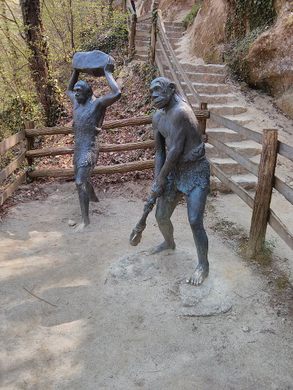
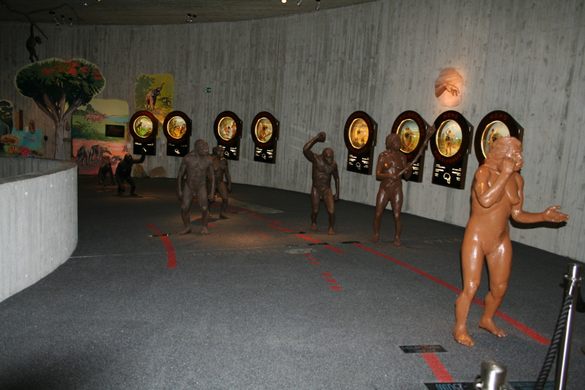
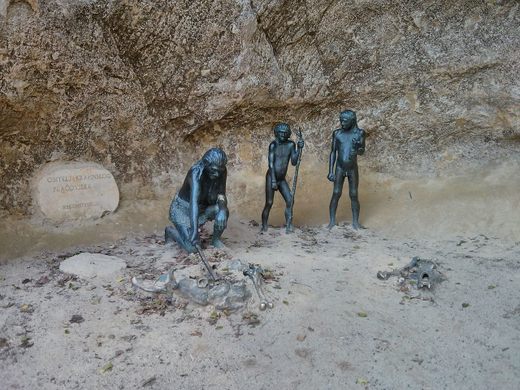
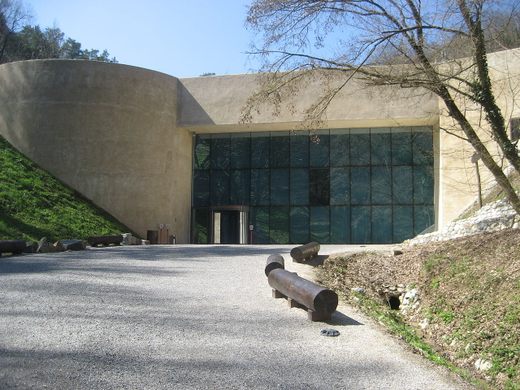
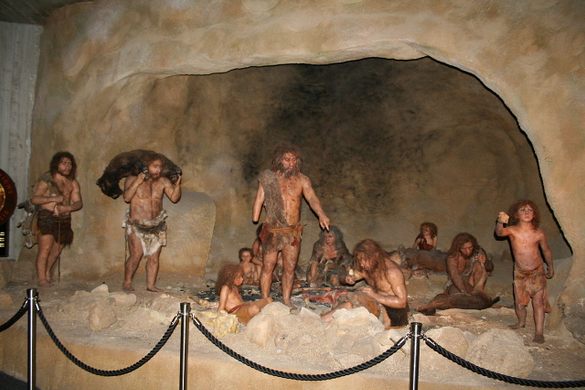
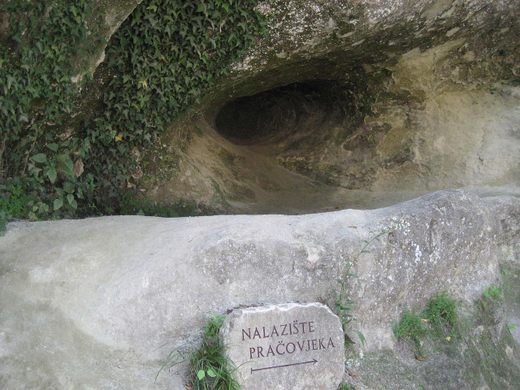
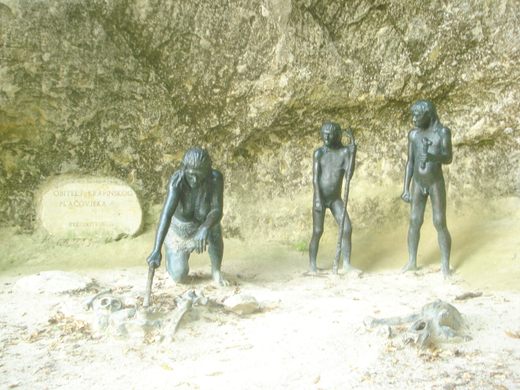
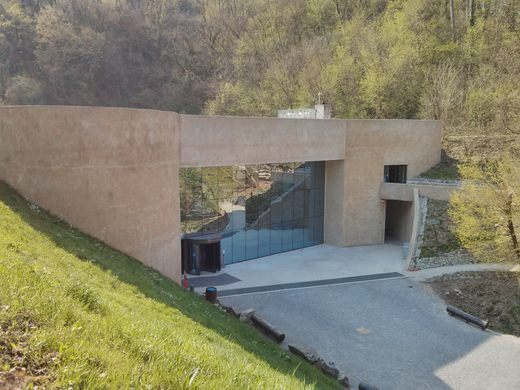




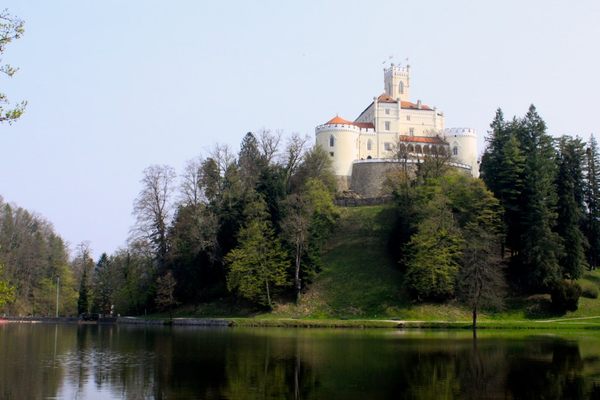
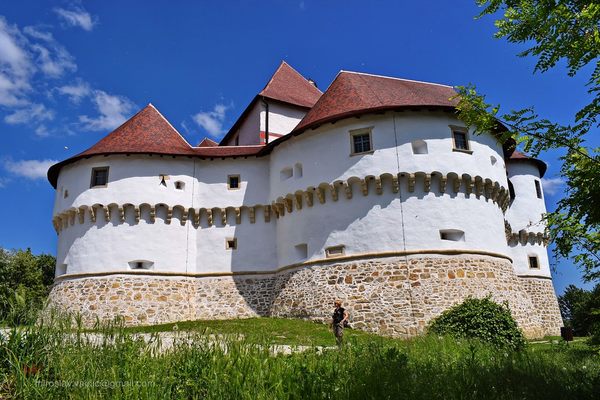



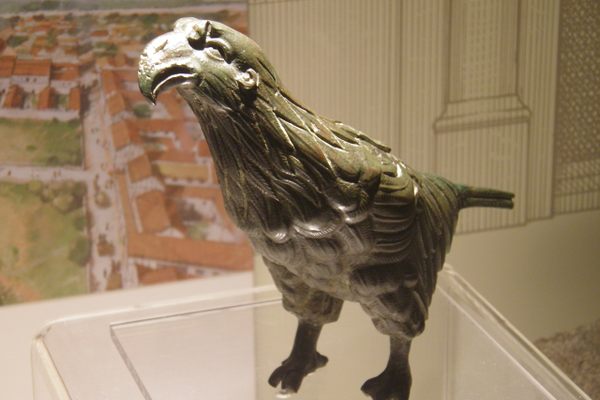
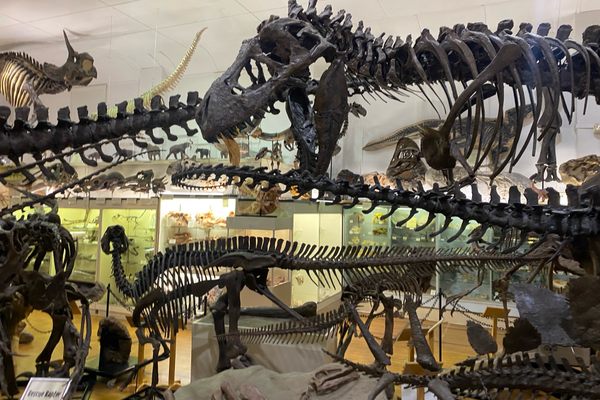


Follow us on Twitter to get the latest on the world's hidden wonders.
Like us on Facebook to get the latest on the world's hidden wonders.
Follow us on Twitter Like us on Facebook